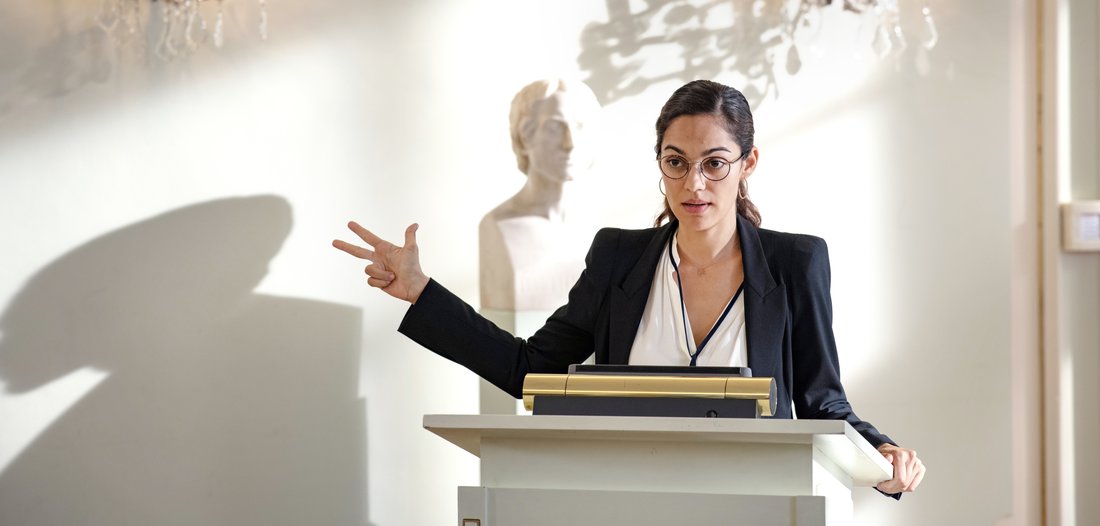31. October 2021
6 min
– –
–
Feininger was born in 1871 in New York, making him the oldest of the group. He engraved a lot, mainly on wood. The exhibition is very successful.
–
–

The Black Sun by Lyonel Feininger.
Credits: Succession Lyonel Feininger, Alistir Alexander, Pro Litteris, Zurich 2021.
It’s her birthday, but not many people have noticed. Anyway, in a world that loves round numbers, does 150 years really matter? In this case, why not also 125 or 175? Serious question. The main thing remains that the Print Pavilion, housed on the first floor of the Jenisch Museum in Vevey, now devotes an entire exhibition to Lyonel Feininger, born in 1871. A transatlantic artist, more claimed by Germany than United States. However, the man was born in New York, where he died in his eighties in 1956. Could his German career have therefore only been a prestigious parenthesis in the middle of the void?
Feininger started out wanting to be a musician. The violin. This is the reason why he emigrated to Europe in 1886 in order to improve his skills. The teenager didn’t just change continents. He discovered that his real calling was actually painting. He will study it from then on in Hamburg, then in Paris and finally in Berlin where he will begin in 1893 as a cartoonist. A starting point then common. The Czech Frantisek Kupka like the French Jacques Villon or the Spaniard Juan Gris had the same beginnings. Feininger will then be tempted by comics, before coming to oil on canvas. Around 1910, he was thus in the Cubist movement, which then declined in various ways from futurist Italy to pre-constructivist Russia. A sort of contemporary varnish for him. Feininger remains otherwise close to designers like Lautrec or Aubrey Beardsley. Suffice to say that he is still looking for himself, while the man is gently approaching his 40 years.
Return to the USA in 1936
It will take the meeting of the members of Die Brücke and Der Blaue Reiter so that Feininger is just before a war that he will spend in Germany, where he is nevertheless “enemy subject” from 1917. The foreigner exhibits there a lot. He lets himself be drawn into the abortive proletarian revolution of 1918 before teaching painting and engraving at the Bauhaus in 1919. The American will go through internal crises without hindrance until its dissolution in 1933 under the pressure of Nazism. In the meantime he has painted quite a bit, being part of the short-lived “Die blauen Vier” group with Kandinsky, Klee and Jawlensky. Hitler in power, Feininger will stay another three years in Germany, before returning to the fold. California, then New York. There, he will of course continue to work, but his driving role in the avant-garde is over. The criticism generally dwells little on what the painter was able to give in his last years.

Lyonel Feininger and 1932. Photo DR.
There are a few canvases, but above all drawings and engravings in the current Vevey exhibition organized by Stéphanie Guex, Anne Drouglazet and Achim Moeller. Nothing that is very normal for a Pavilion of prints. The idea is just to show the variety in the apparent uniformity of a multiple creation (hope you know what I mean …). The visitor will even find small colorful wooden toys in a display case. There are of course also caricatures of the beginnings on the walls. There was, moreover, no real break after these commercial beginnings. The public will meet there figures who will not be abandoned thereafter. Slender and jerky, these lanky silhouettes will haunt Lyonal Feininger’s urban and maritime landscapes in tiny size. The famous human scale.
The city and the sea
Two themes were privileged in this exhibition mounted from several private collections. These are indeed the city and the sea. The city, with its narrow streets and nocturnal lighting, constitutes the expressionist decor par excellence in painting and then in the cinema. No surprises here. The sea, on the other hand, forms Feininger’s own contribution. Its almost unusual presence results from childhood visions between the Hudson and the East River. Then will be added memories of the Baltic. These different currents, in every sense of the word, will be found not only in his painting, but also in an engraving that quickly passes from copper and lithographic stone to wood. Wood, a typically Germanic material, is found in the graphic works of Ernst Ludwig Kirchner or Max Pechstein, who multiply the flat areas. It’s kind of an expressionist trademark. There will still be boats in the few American pieces shown “in fine” at Jenisch. One way like any other to be true to yourself.
Like all the exhibitions so far presented at the Pavilion of the print, this one knows how to play places. Gray walls. Purple mobile rails. An impression of wealth despite limited space. Ruptures in a collision that should never tire. Dim lighting, but not too much. An invitation, above all, to discovery. The current Feininger makes you want to know more about the painter, whom we see little in the end. It seems to me suddenly allowed to speak of an aperitif hanging. An insignificant quality, whereas so many exhibitions nowadays turn out to be rather overwhelming!
Practice
“Lyonel Feiniger, The city and the sea”, Pavilion of prints, Musée Jenisch, 2, avenue de la Gare, Vevey, until January 9, 2022. Tel. 021 925 35 20, site www.museejenisch.ch Open Tuesday to Sunday from 11 a.m. to 6 p.m.
Warning!!!! New site !!!!
On Sunday October 31st, at midnight sharp, the “Bilan” site that you have been seeing for years will be replaced by another. The thing will have consequences for the rest of the publications. The configuration of the model will no longer be exactly the same. You will not always find the items where you are used to seeing them and their shape will be slightly different. The change will also have repercussions on ancient texts. The most important seems to me to be valid for the photos. Square images, and a fortiori in height, are not foreseen (at least for the moment) by the new system. So you risk a consultant to an old article to find the illustrations savagely cropped, with a number of decapitated characters. Don’t worry too much about it and read anyway. I would like to take this opportunity to remind you that it is always possible to follow my column by using “balance sheet” and “dumont” as keywords. We’ll see later!
– .


